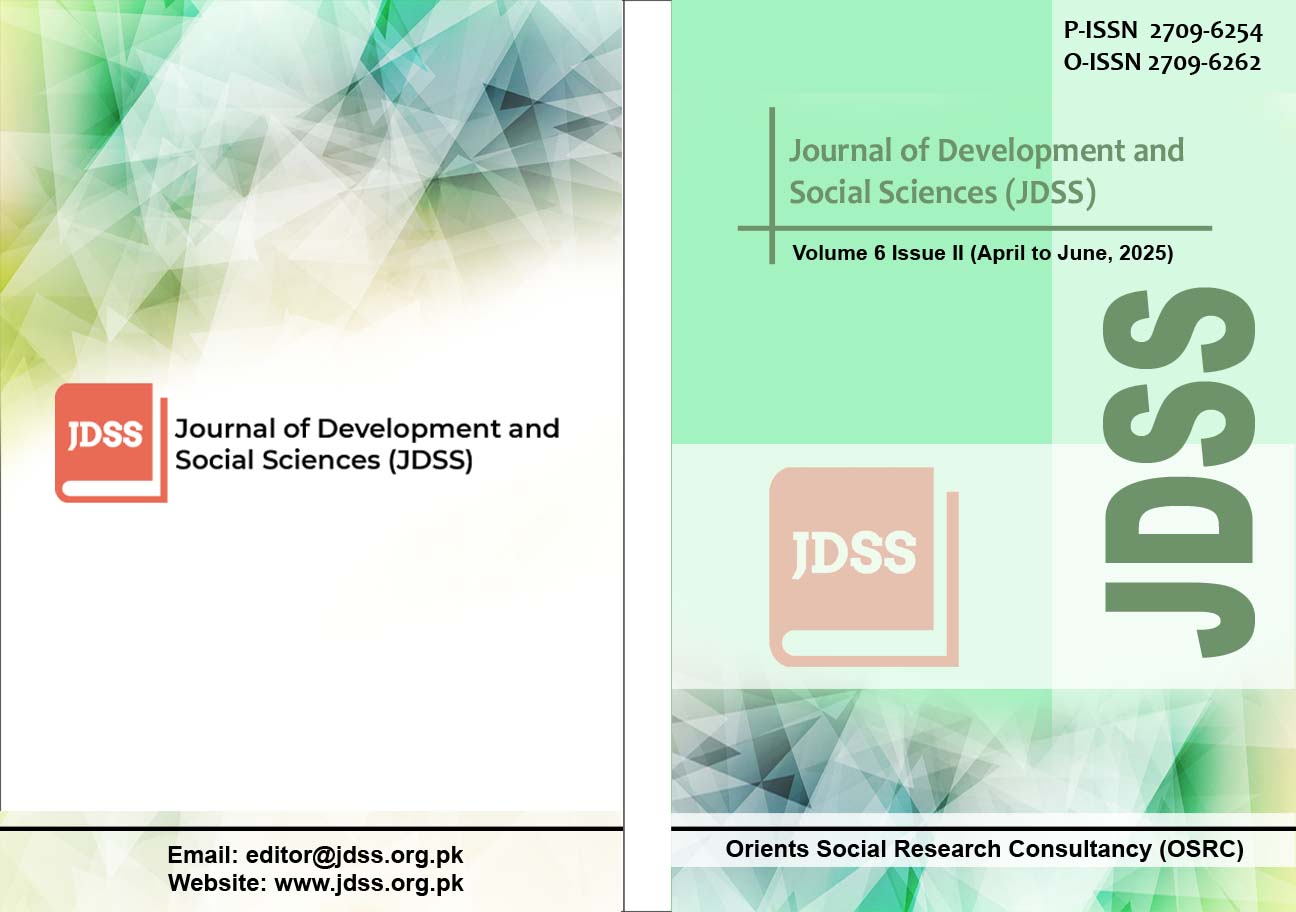The Effectiveness of Gardner’s Multiple Intelligence Theory on Teaching Strategies of University Teachers DG Khan, Pakistan
DOI:
https://doi.org/10.47205/jdss.2025(6-II)29Keywords:
Gardner Multiple Intelligence Theory, Teaching Strategies, Ghazi University TeachersAbstract
The study aimed to identify the various intelligence levels among university instructors and their correlation with teaching practices. The sample of 151 male and female university lecturers from Ghazi University was chosen using simple random selection. The study employed two questionnaires: the Teaching Strategies Questionnaire and the Multiple Intelligence's Questionnaire. The data analysis methods employed were correlation analysis and the t-test. Apart from visual and kinesthetic intelligence, there was no statistically significant difference found. The corresponding teaching methodologies for linguistic, logical, visual, musical, kinesthetic, interpersonal, intrapersonal, naturalistic, and existential intelligence's were discovered to positively correlate with one other. This study recommends that appropriate environments and facilities be provided for the scientific method, independent projects, and training experts in the planning and adoption of different teaching strategies based on the various intelligence dimensions of the student.
Downloads
Published
Details
-
Abstract Views: 206
PDF Downloads: 172
How to Cite
Issue
Section
License
Copyright (c) 2025 Journal of Development and Social Sciences

This work is licensed under a Creative Commons Attribution-NonCommercial 4.0 International License.

ORIENTS SOCIAL RESEARCH CONSULTANCY (OSRC) & Journal of Development and Social Sciences (JDSS) adheres to Creative Commons Attribution-Non Commercial 4.0 International License. The authors submitting and publishing in JDSS agree to the copyright policy under creative common license 4.0 (Attribution-Non Commercial 4.0 International license). Under this license, the authors published in JDSS retain the copyright including publishing rights of their scholarly work and agree to let others remix, tweak, and build upon their work non-commercially. All other authors using the content of JDSS are required to cite author(s) and publisher in their work. Therefore, ORIENTS SOCIAL RESEARCH CONSULTANCY (OSRC) & Journal of Development and Social Sciences (JDSS) follow an Open Access Policy for copyright and licensing.







